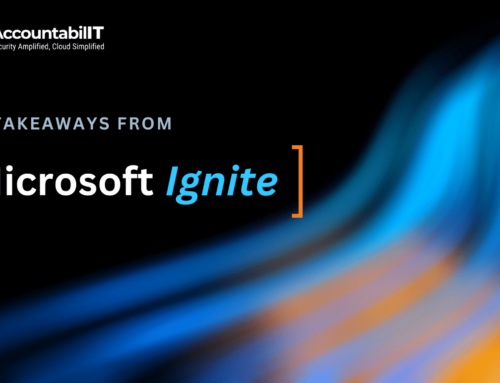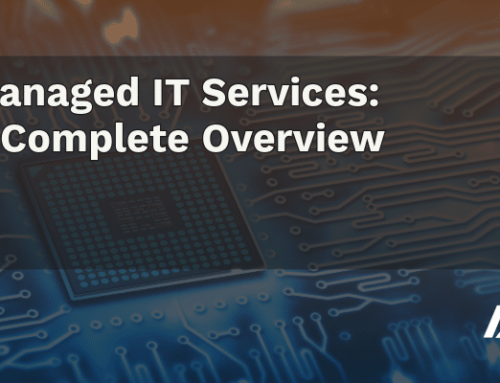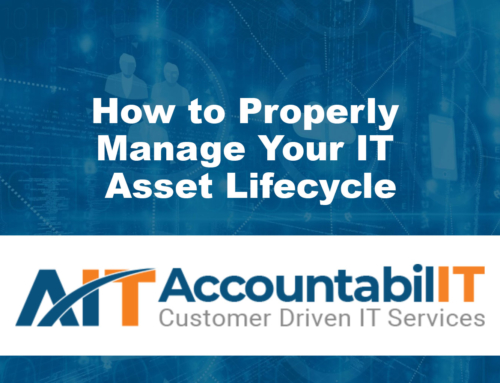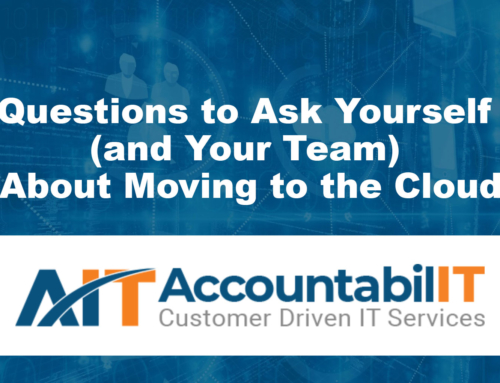Amping up your threat intelligence and response is likely important to you, but if you lack the internal resources to do those things well, you may want to consider managed detection and response.
What is managed detection and response (MDR)?
Managed detection and response services involve cybersecurity and threat hunting provided by an external MDR vendor. It improves threat detection and incident response through continuous monitoring of IT assets.
Why does a business need MDR?
Many organizations know that cyberattacks are an issue and that fortifying cybersecurity is an important part of doing business, but they may not have the resources in-house to deal with advanced threats and security events.
MDR is not a software or application. The emphasis is on service that includes both a human component and automation. This means you have access to a personal resource that monitors your environment around the clock, investigates and analyzes security events, and manages cases.
Small IT teams are often burdened by the sheer amount of cybersecurity alerts they have to deal with, sometimes taking time from other objectives. MDR services can help alleviate that burden, both by outsourcing it and by giving IT access to specialized resources that can contextualize, analyze, as well as respond to threats, boosting the company’s ability to prevent future attacks.
What does it cover?
MDR services provide a central home base for monitoring everything across your technology landscape: in the cloud, on-premises, hybrid environments, devices, even endpoints and cloud apps. This comprehensive approach levels up your entire security posture, reducing your vulnerability.
How is it different from managed security services (MSS)?
There is some overlap between MDR and MSS or MSSPs, but there are some key differences between the two classes of service.
Communication
- MDR means working with a human. For starters, MDR vendors specialize not just in security, but in bringing a human element. Direct communication with security analysts is a benefit for those who like that type of interaction.
- MSSPs are more reliant on portals and email. Some secondary access to analysts is available.
Analytics
- MDRs involve advanced analytics, as well as in-depth reporting, forensics, and threat research.
- MSSPs typically work with event logs, but don’t supply advanced analytics.
Compliance
- MDR is not focused on compliance reporting. If compliance reporting is one of your requirements, it’s good to know this is not generally part of MDR services.
- MSSPs do compliance reporting. If you need to ensure security operations center (SOC) compliance, for example, using MSS is one of the best ways to do that.
How should you choose an MDR partner?
Here are some things to consider when evaluating MDR partners, like AccountabilIT.
- What are their threat detection and investigation capabilities? Are they able to root out the increasingly sophisticated tactics?
- Do they go beyond alerts and response to provide insights into an attack? What analytics do they provide?
- Do they provide continuous monitoring?
- What security stack are they using, and why? How will they augment your existing tools and expertise?
- Will they arm your team with the information and expertise needed?
- Do you like the humans involved? Remember, MDR includes human interaction, so it’s important there’s a good rapport.
Learn more about AccountabilIT’s robust MDR services and approach to cybersecurity. We’d like to learn more about your business, and help you stay ahead of evolving threats. Get in touch today.




